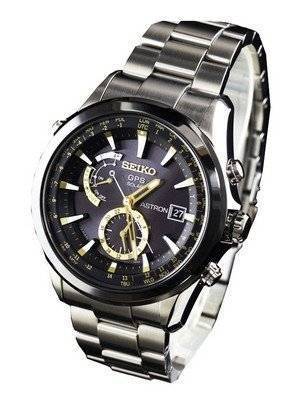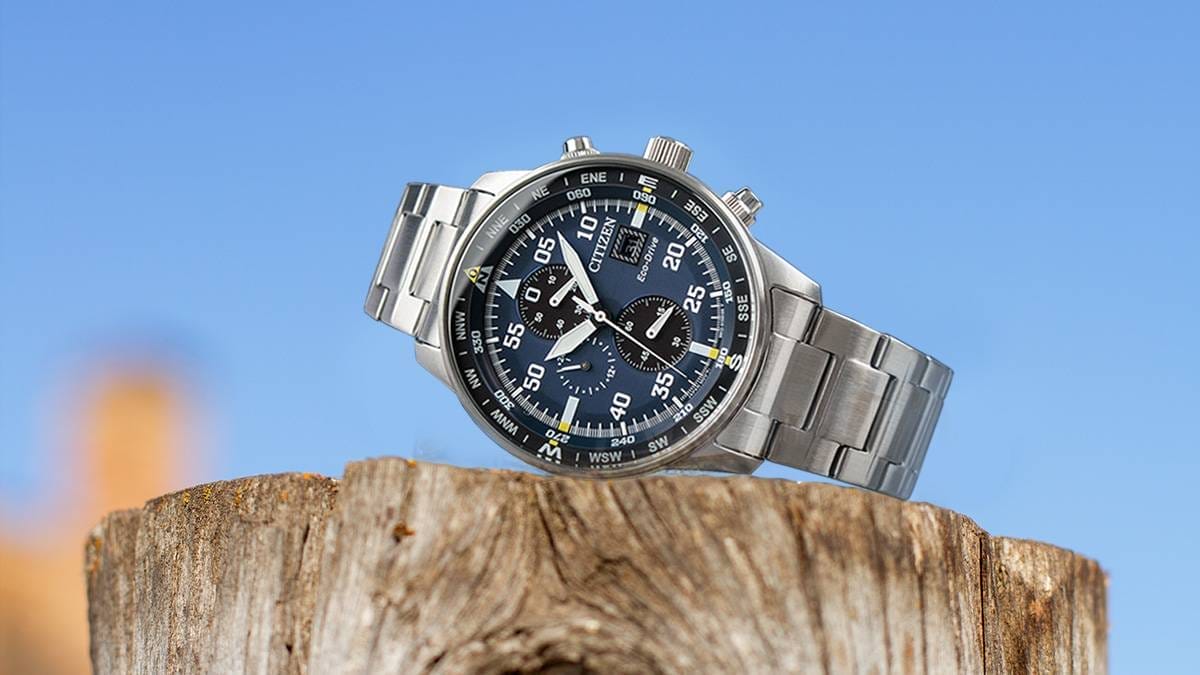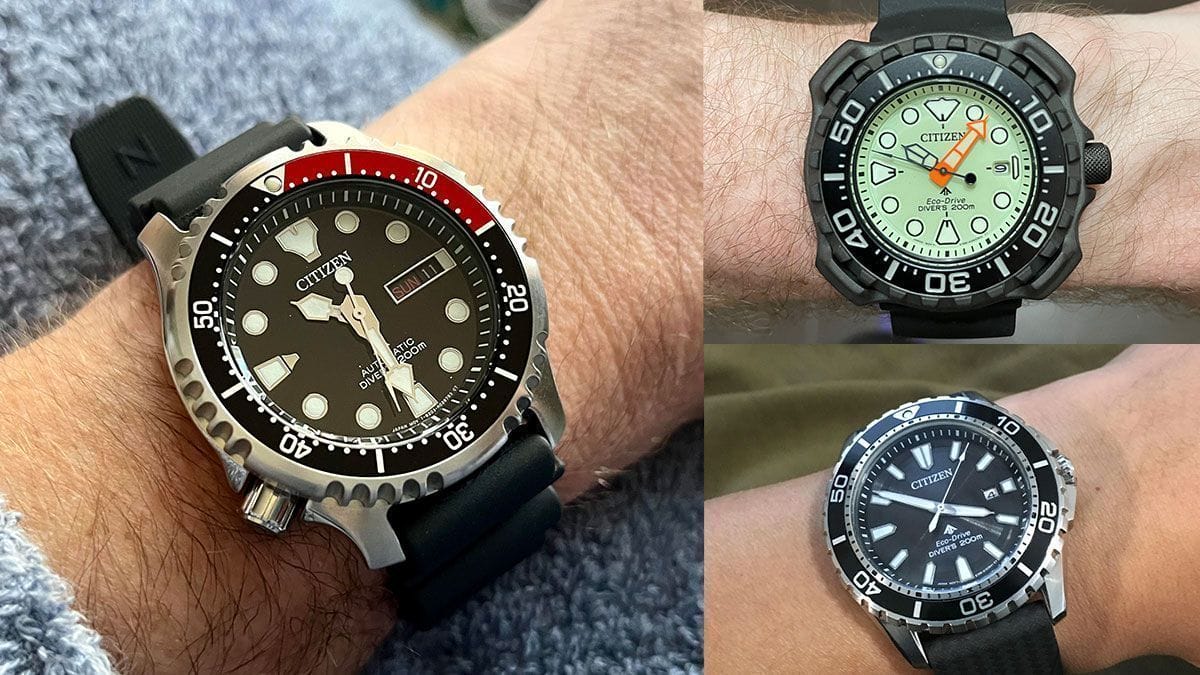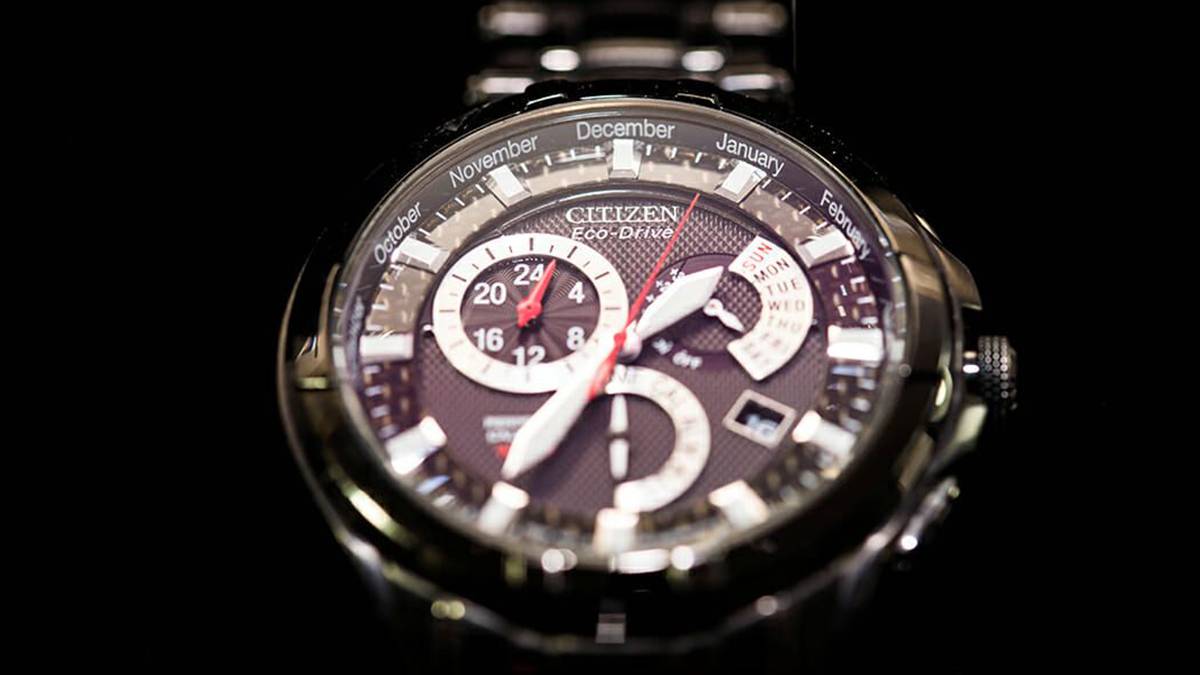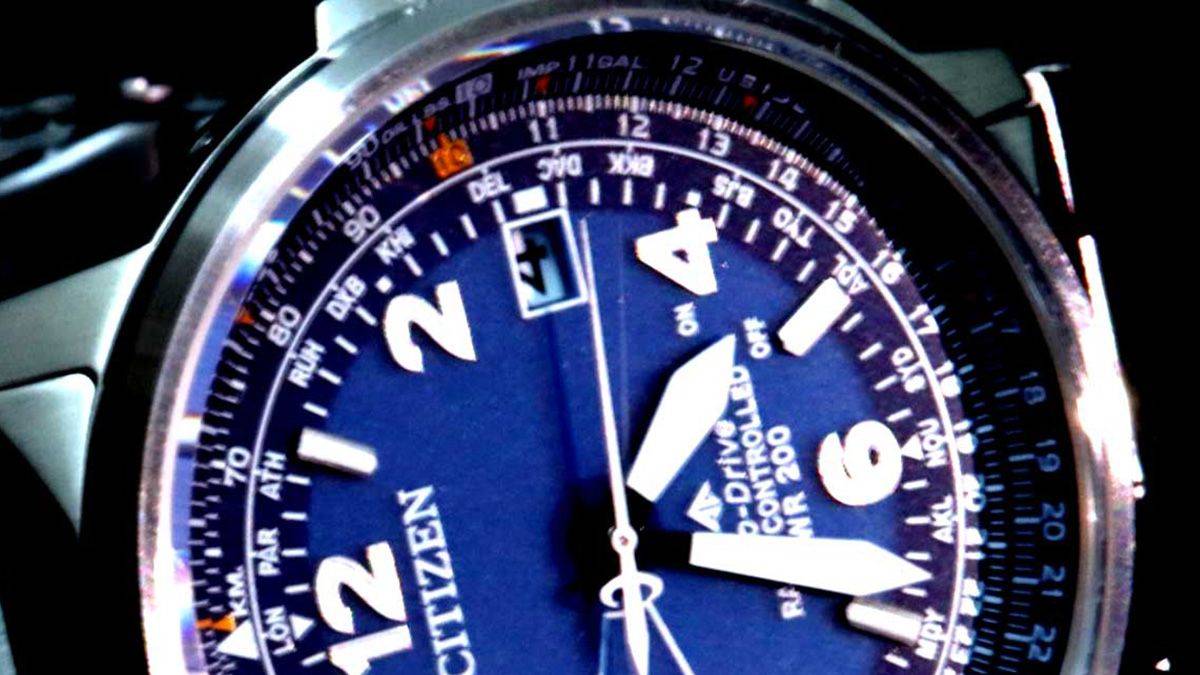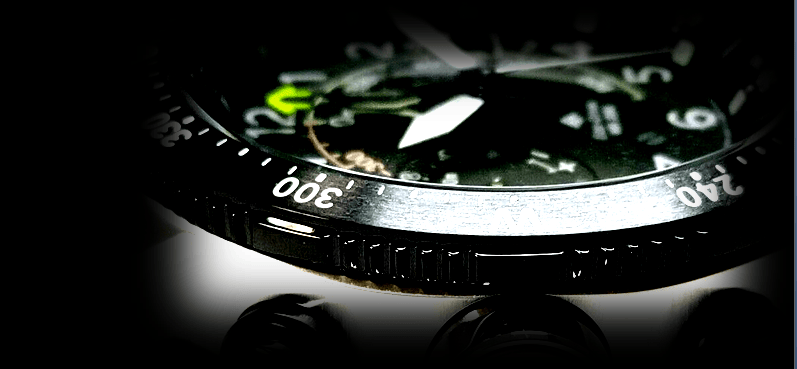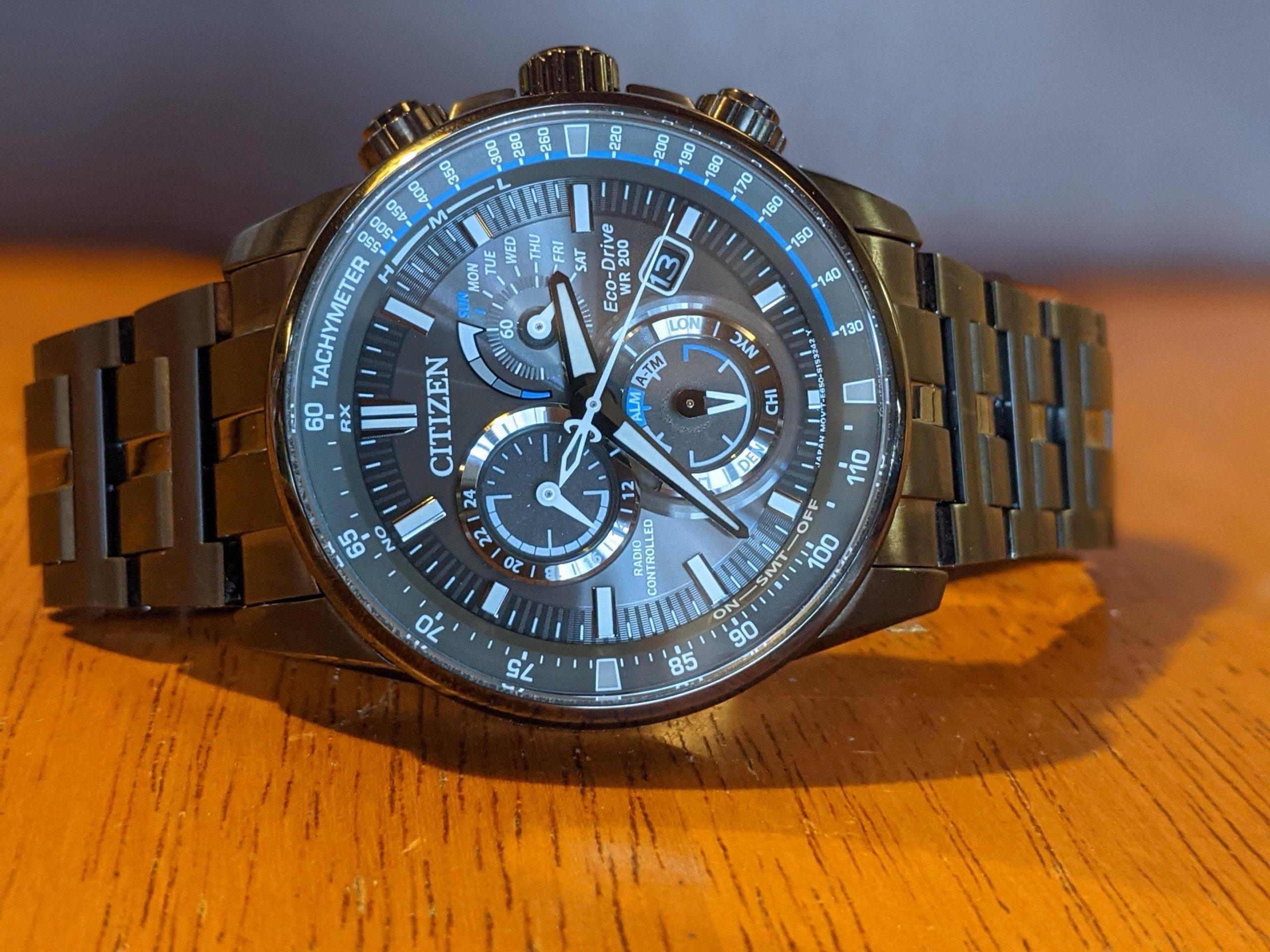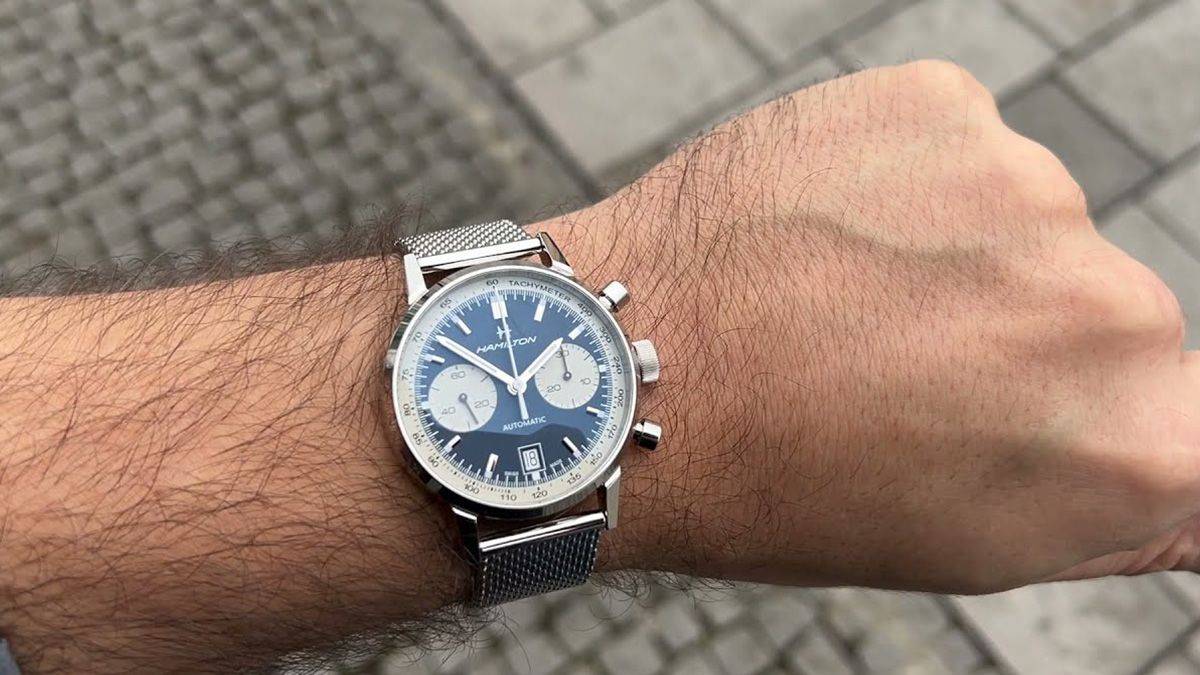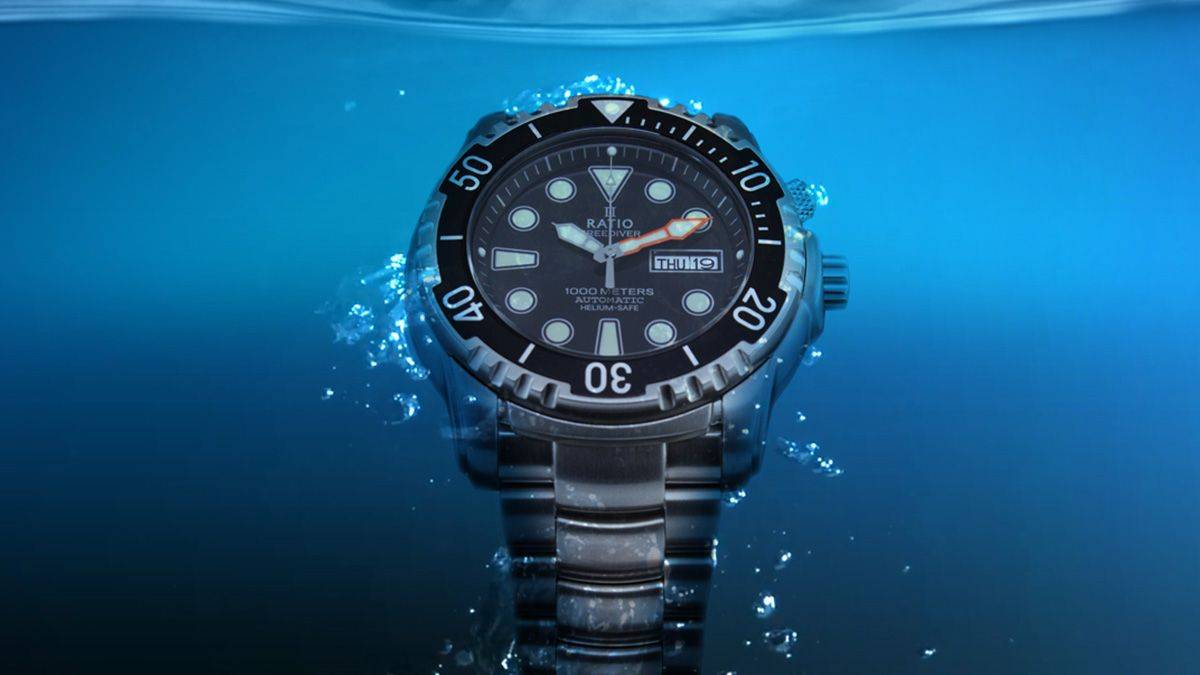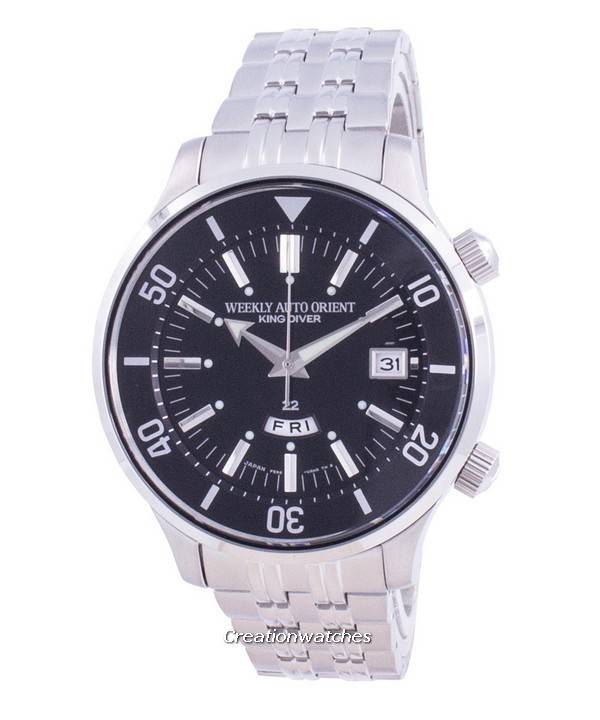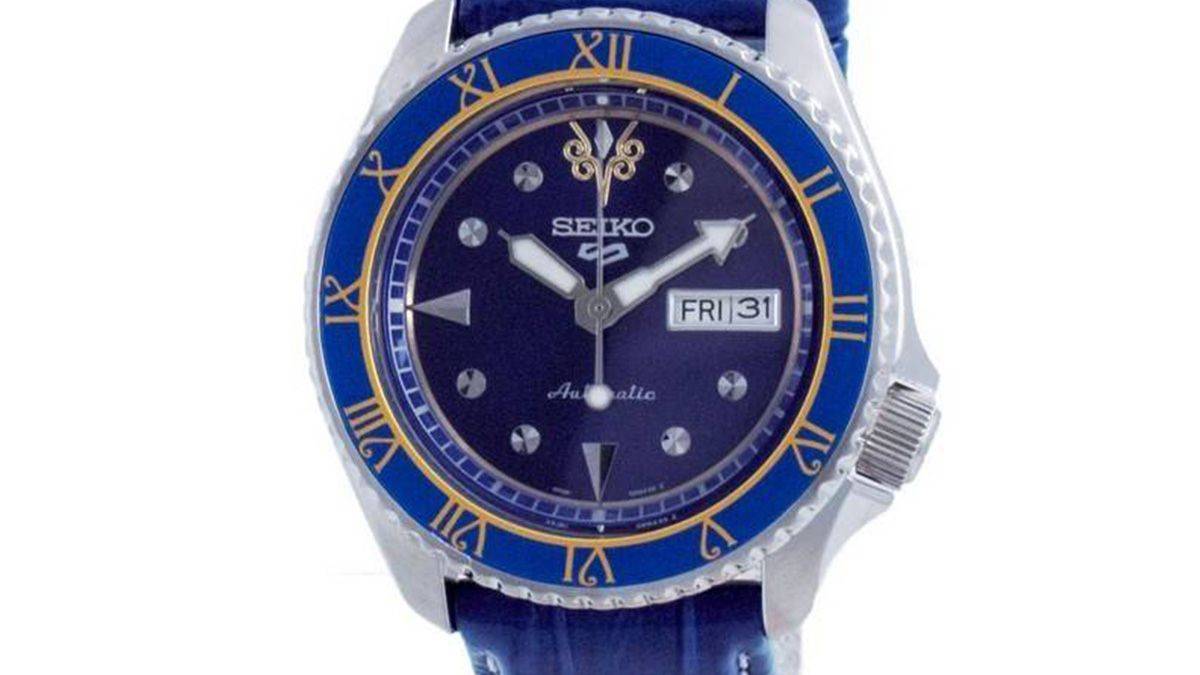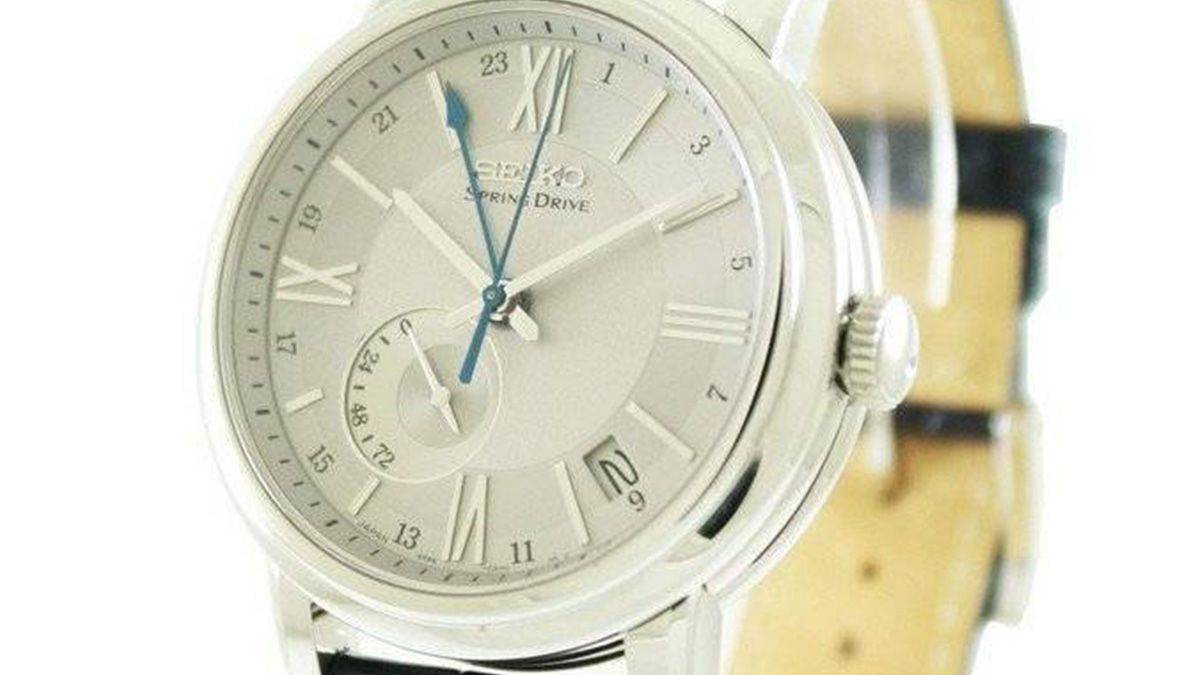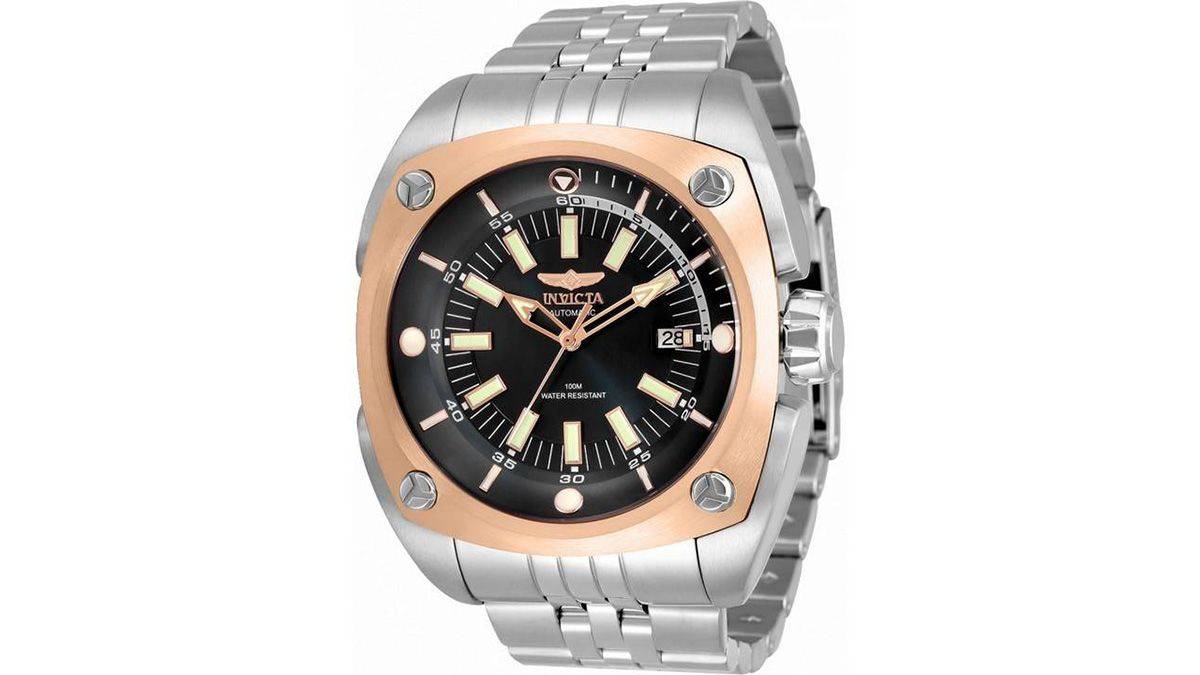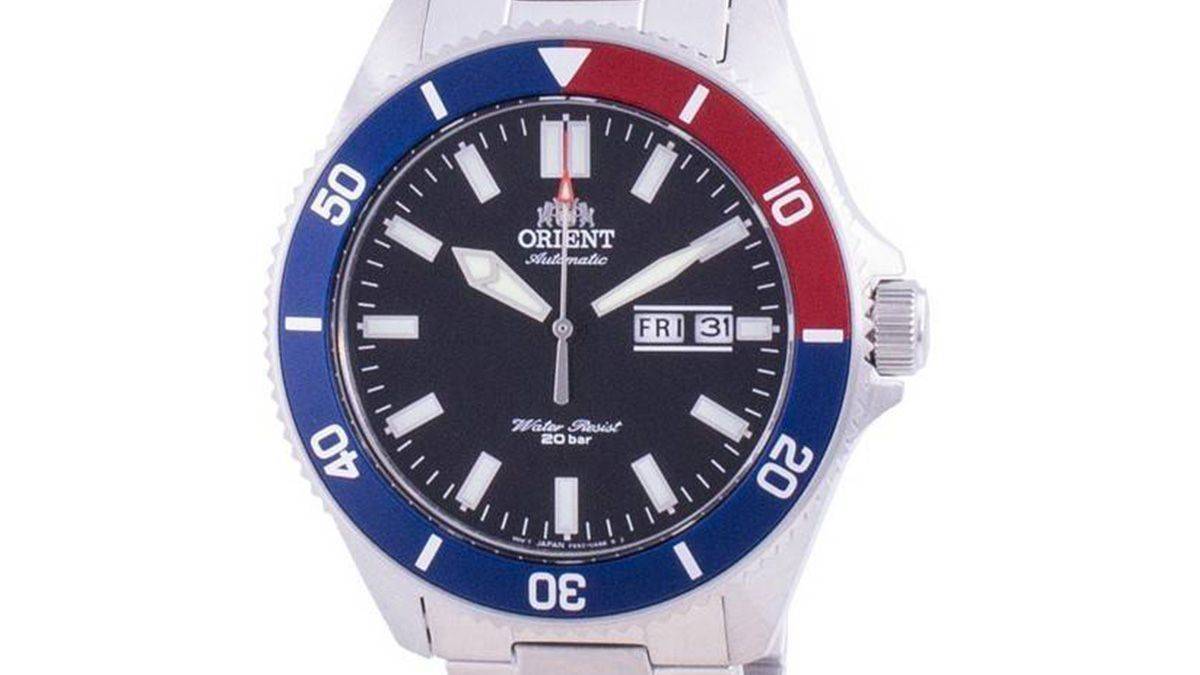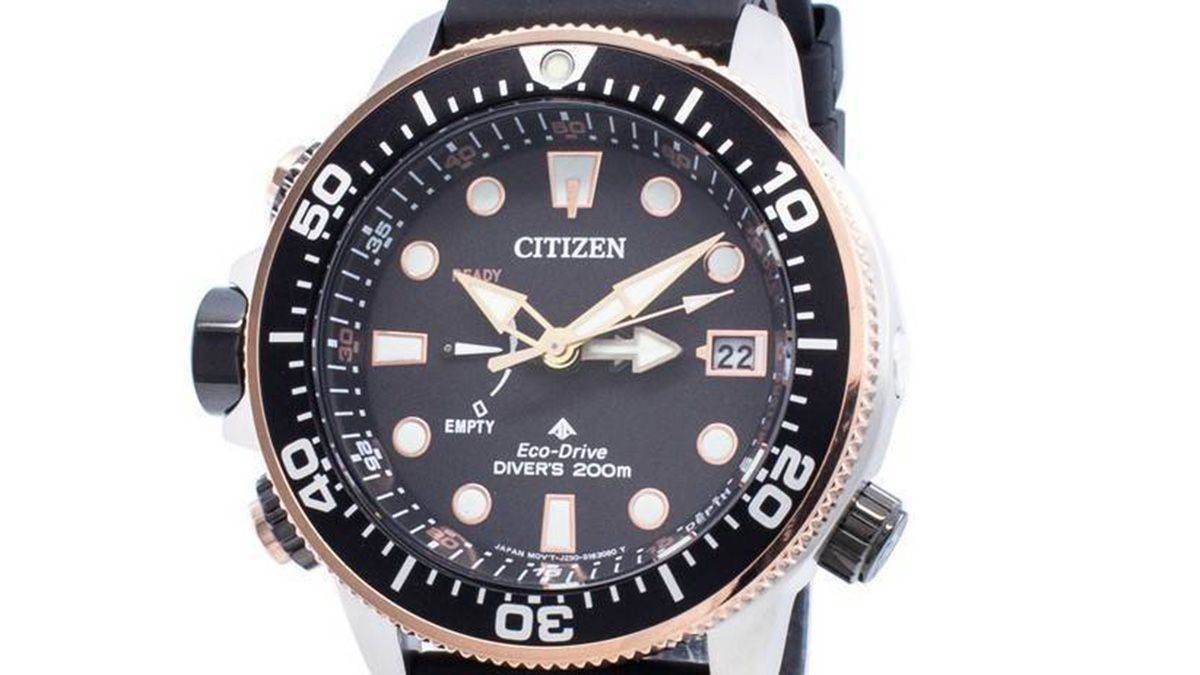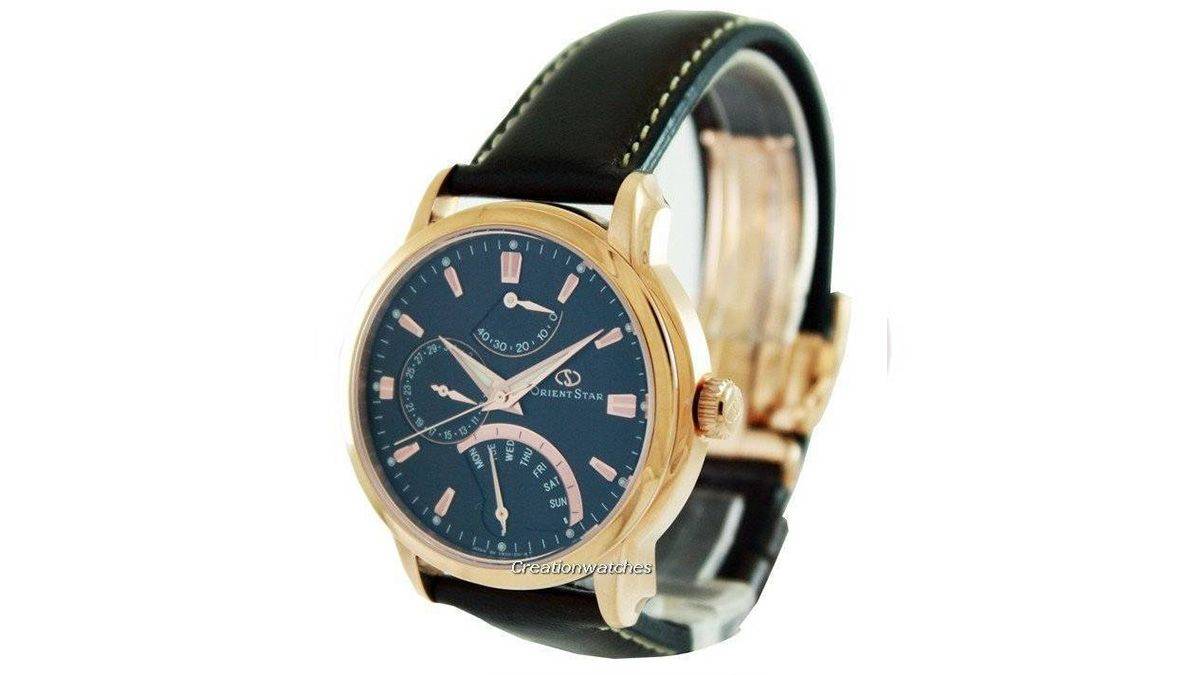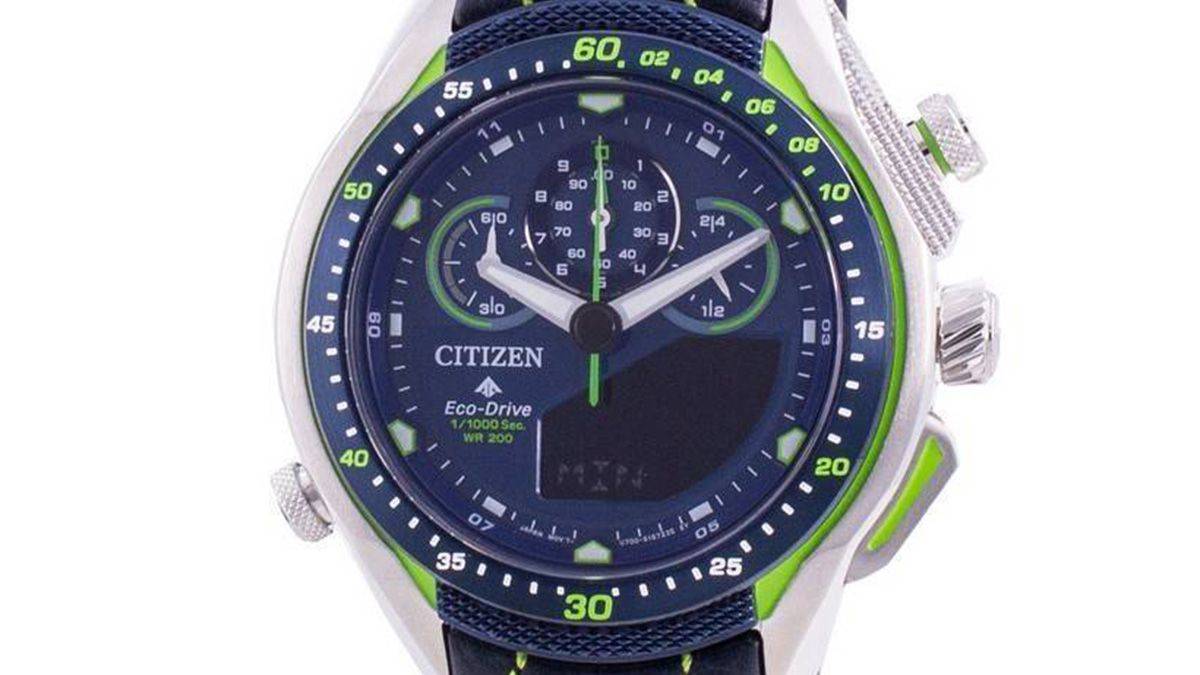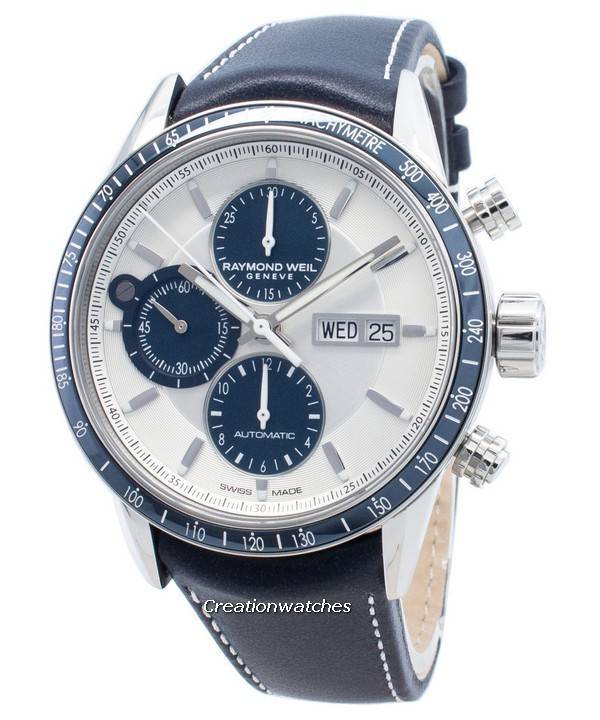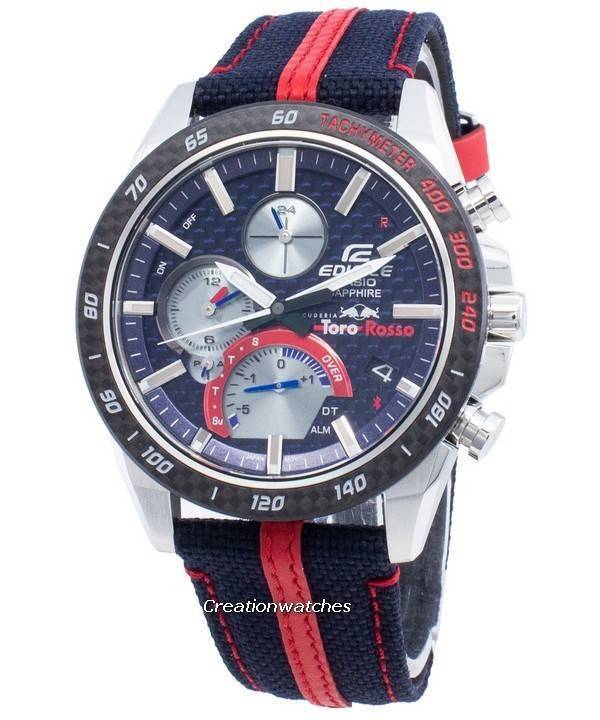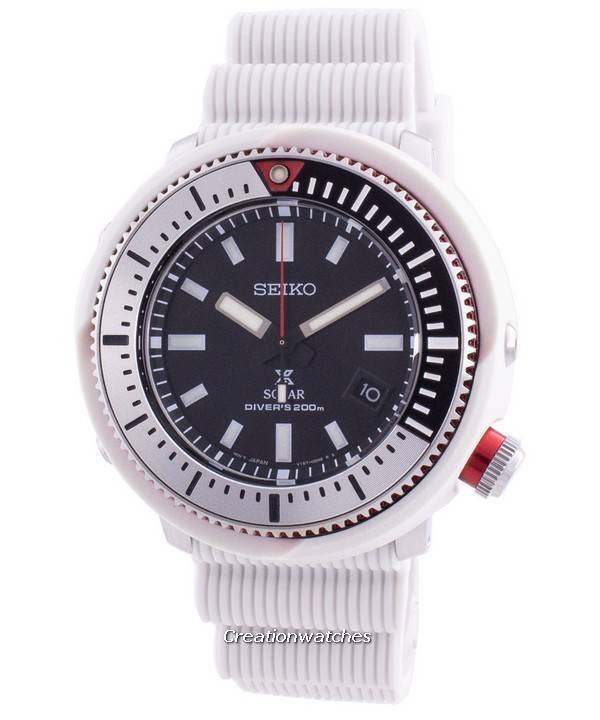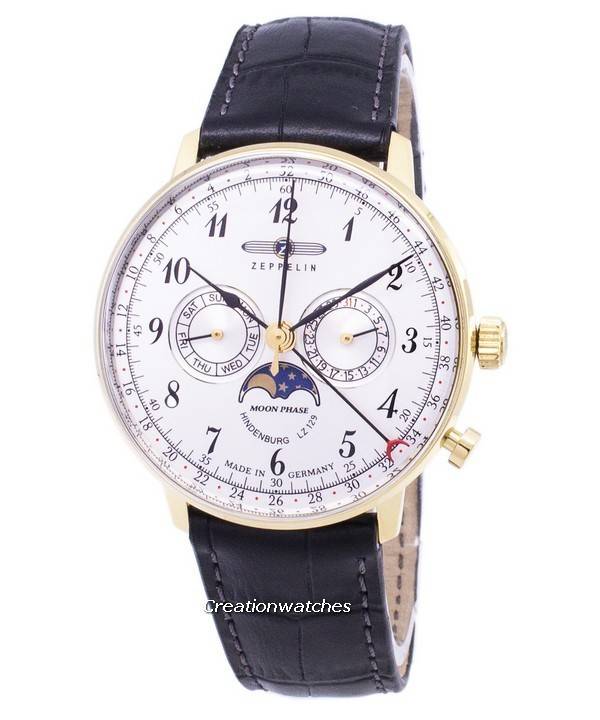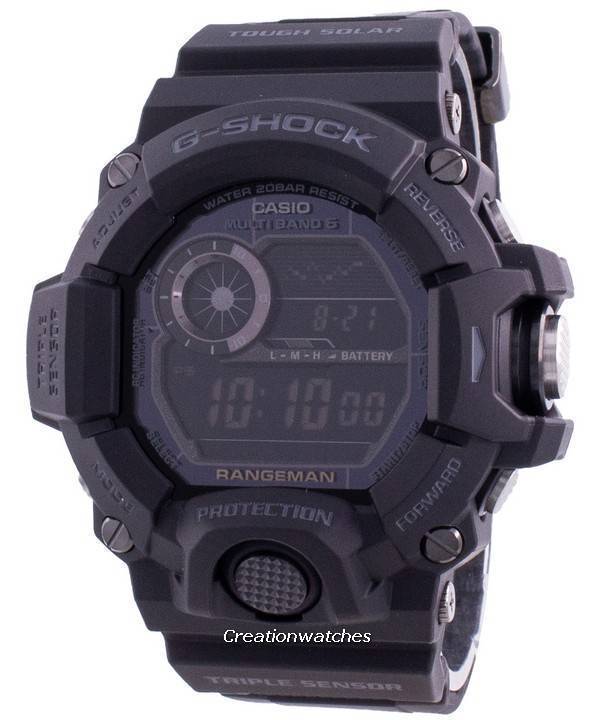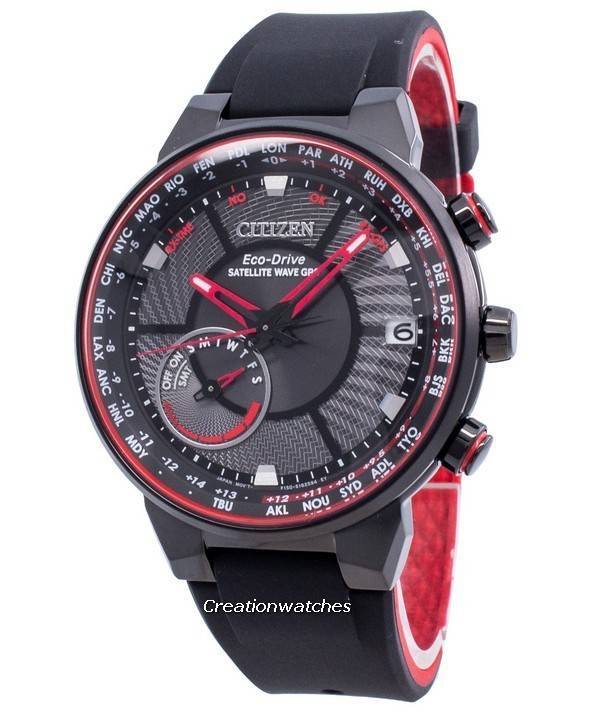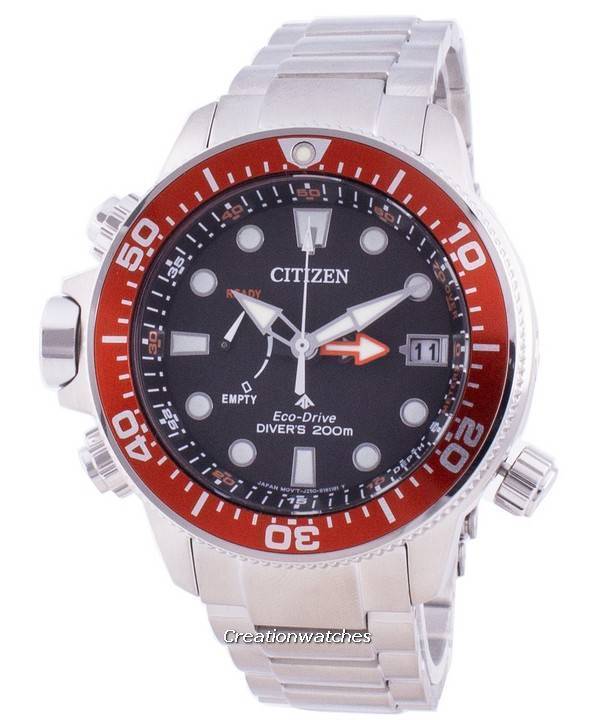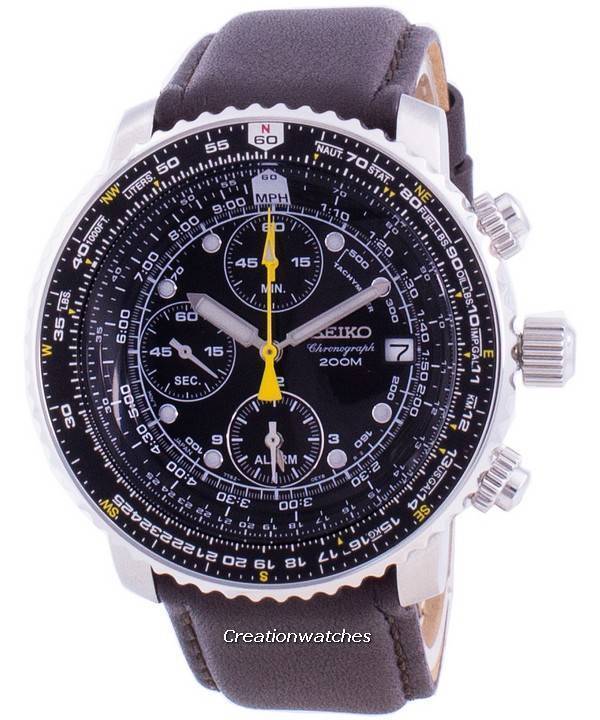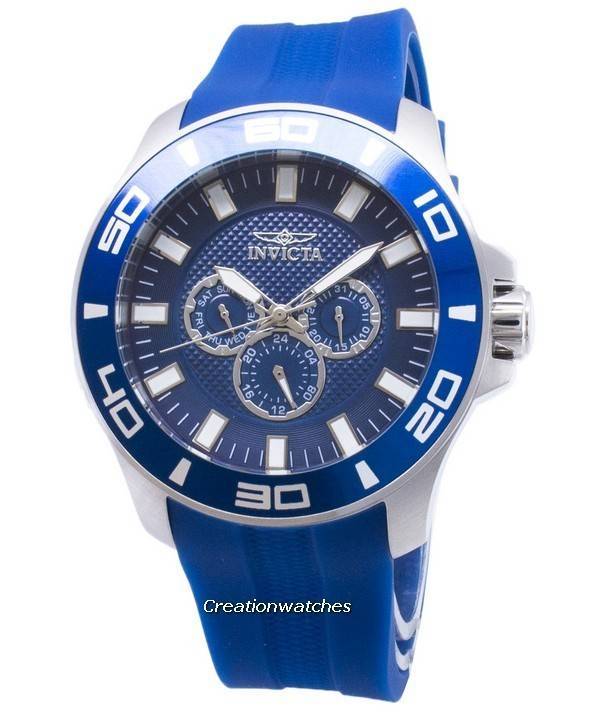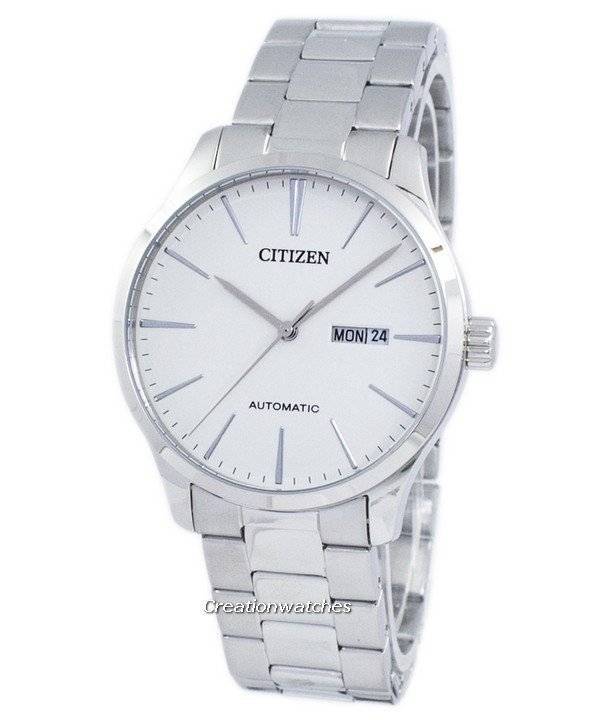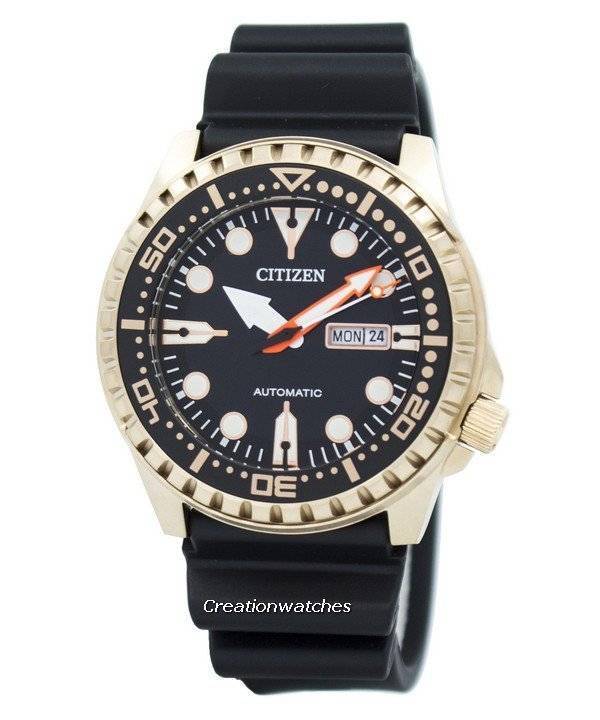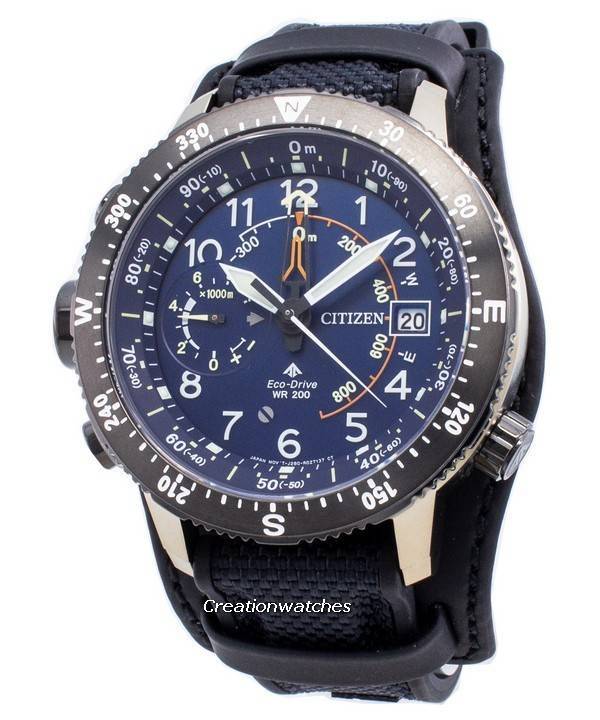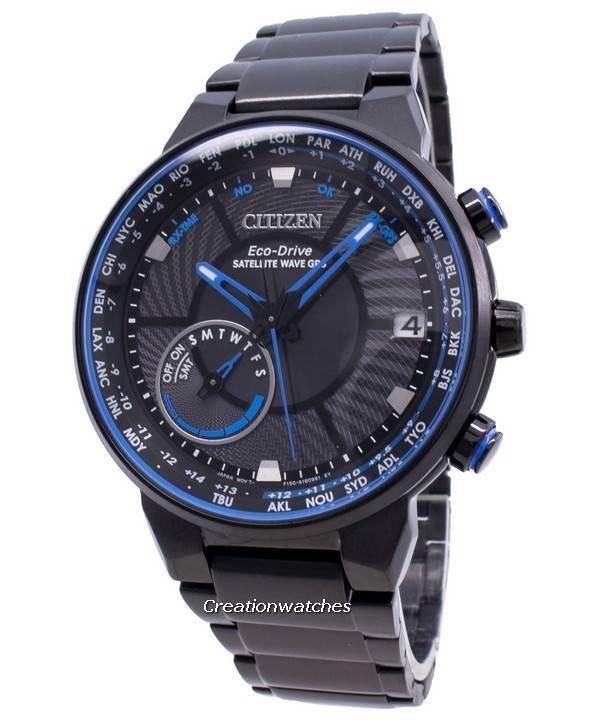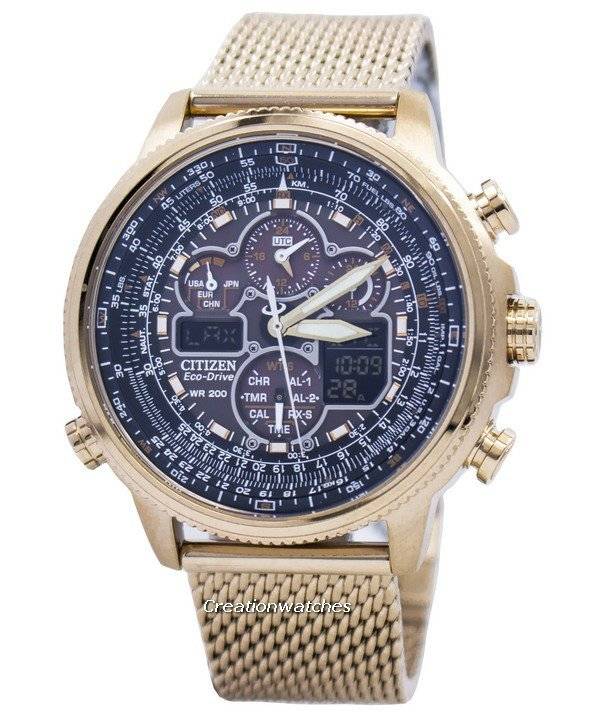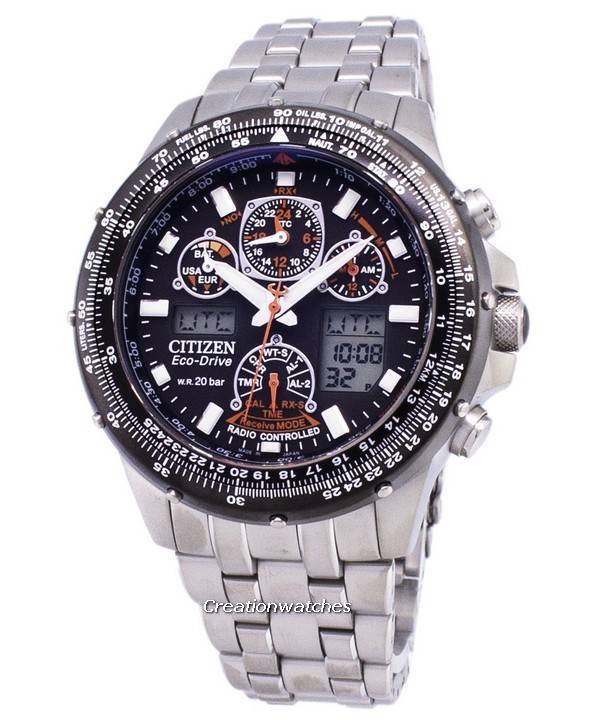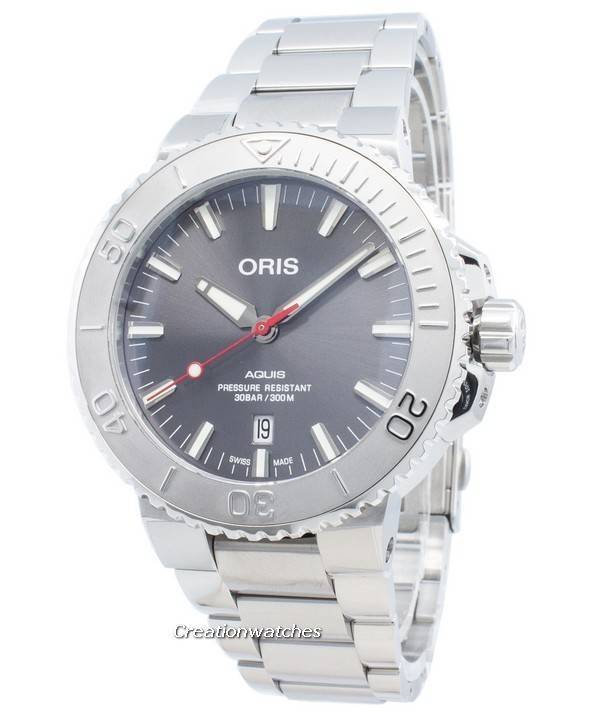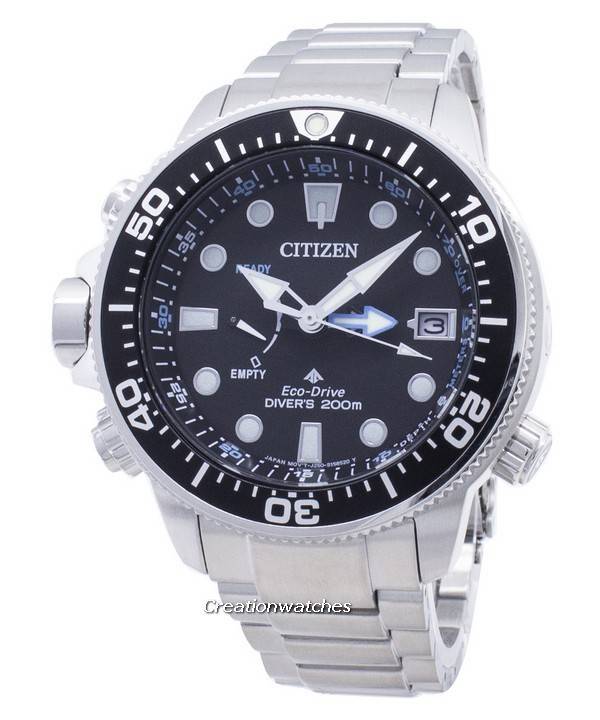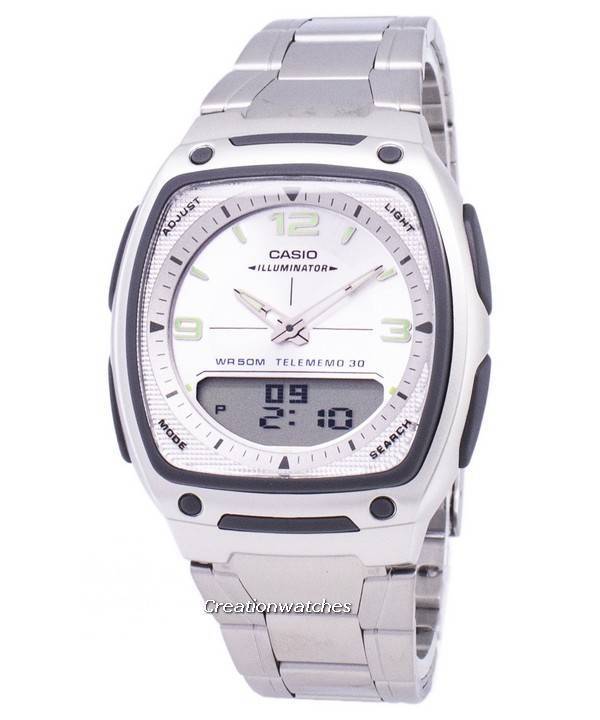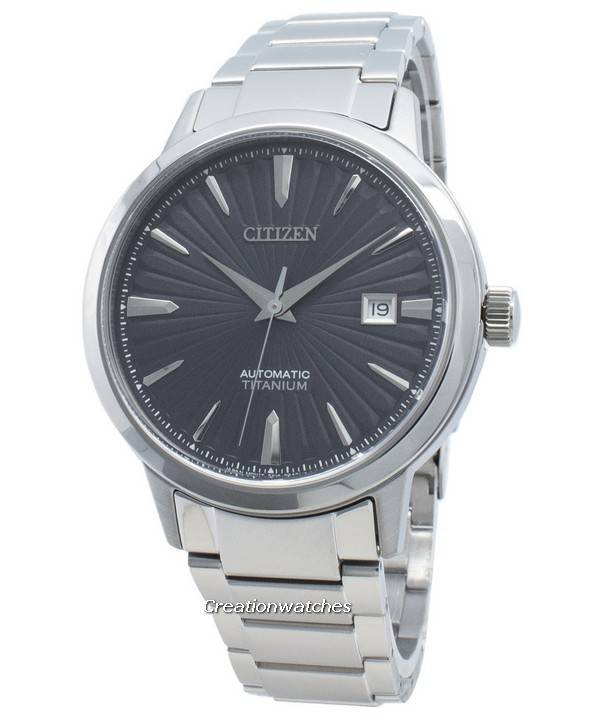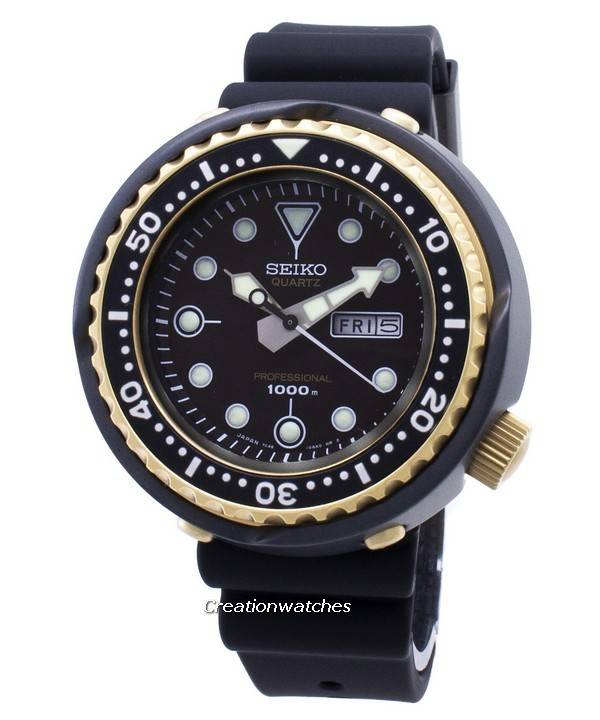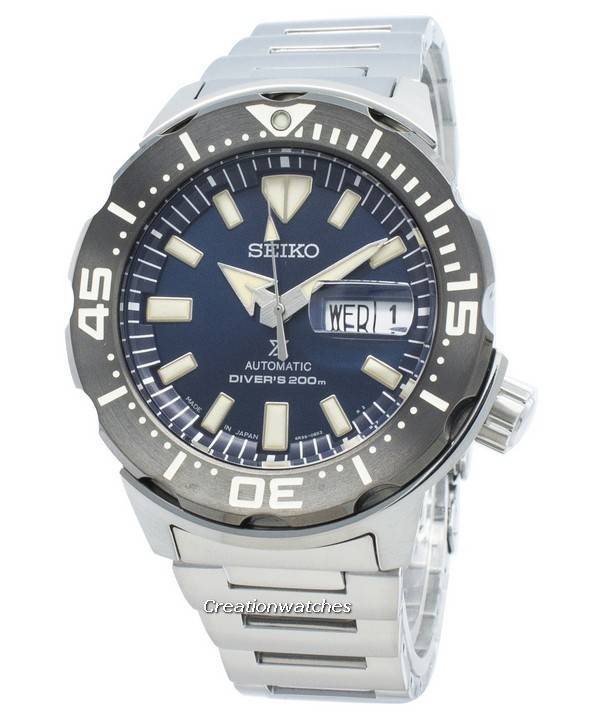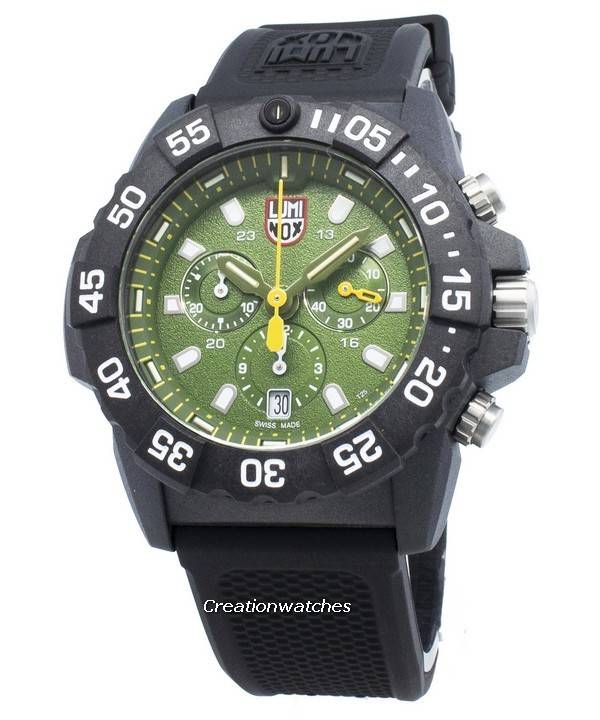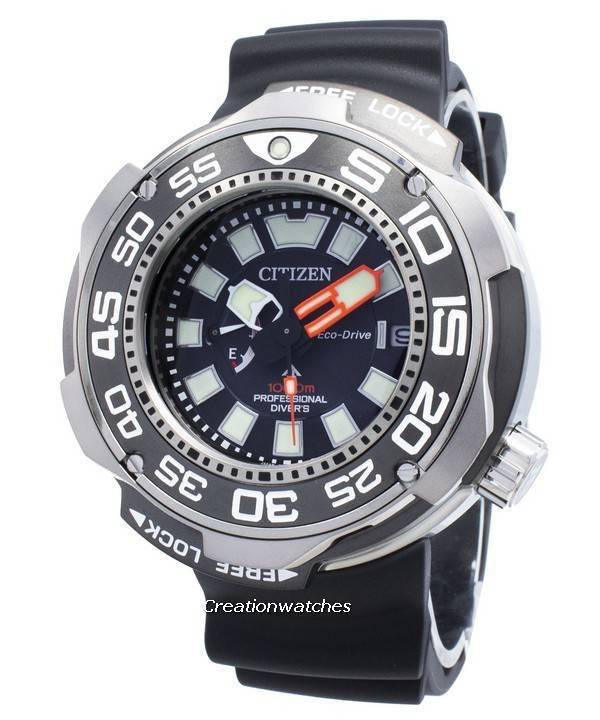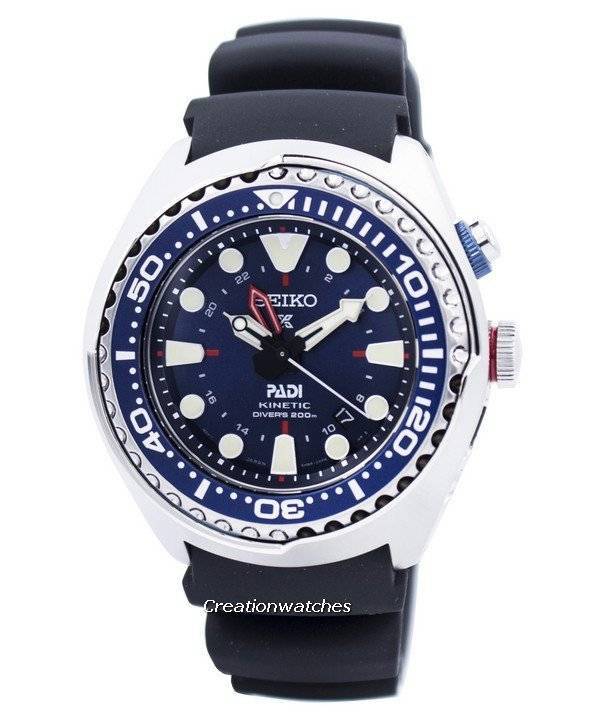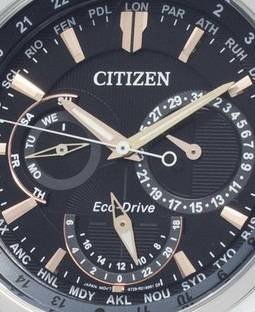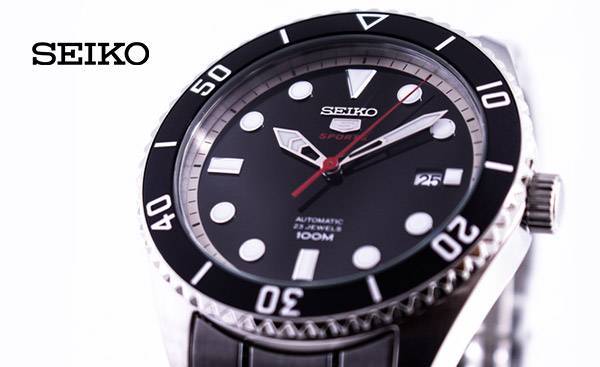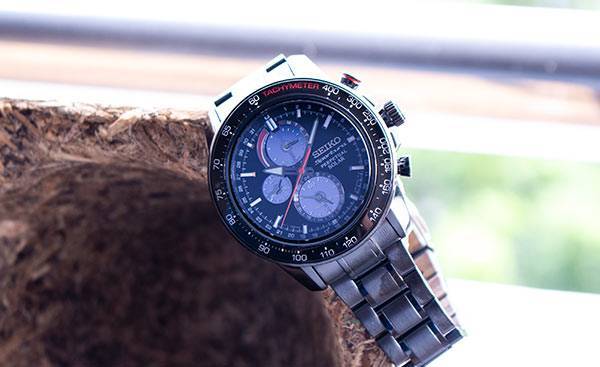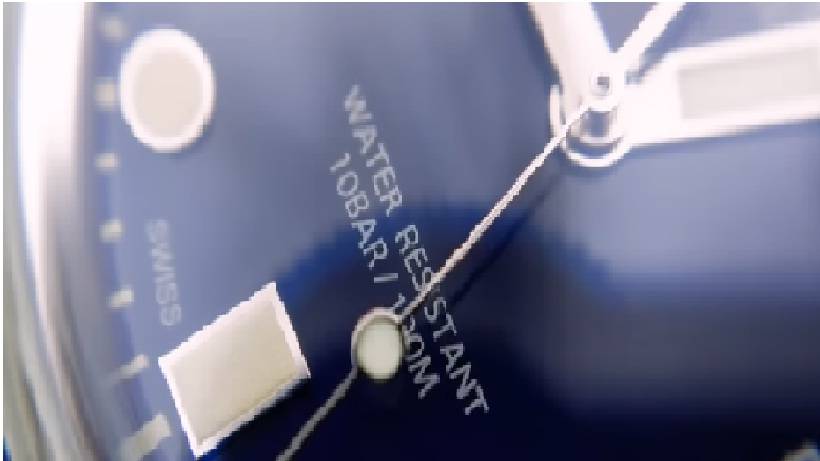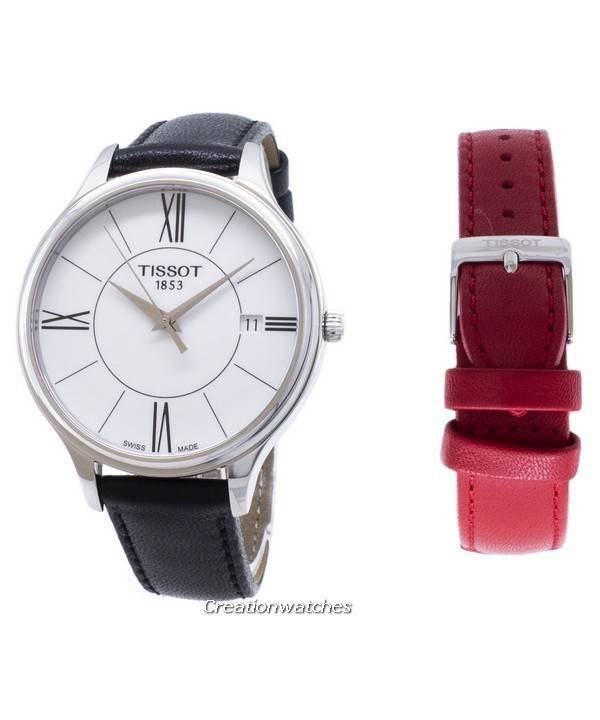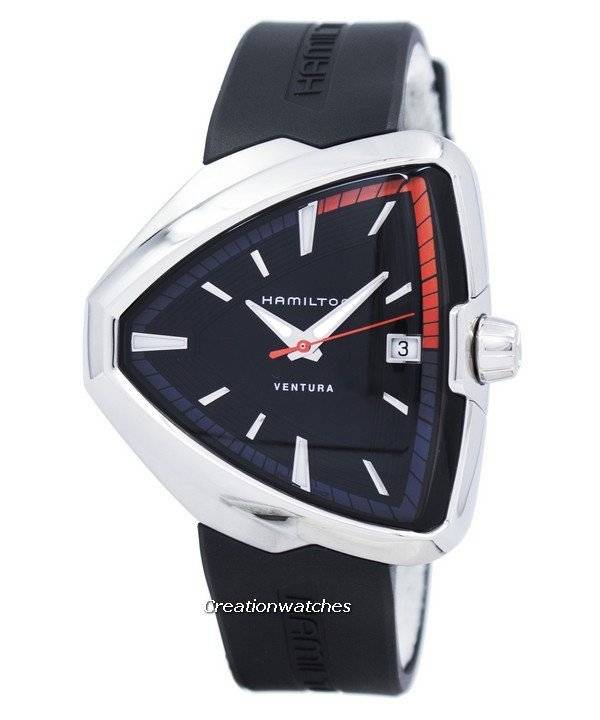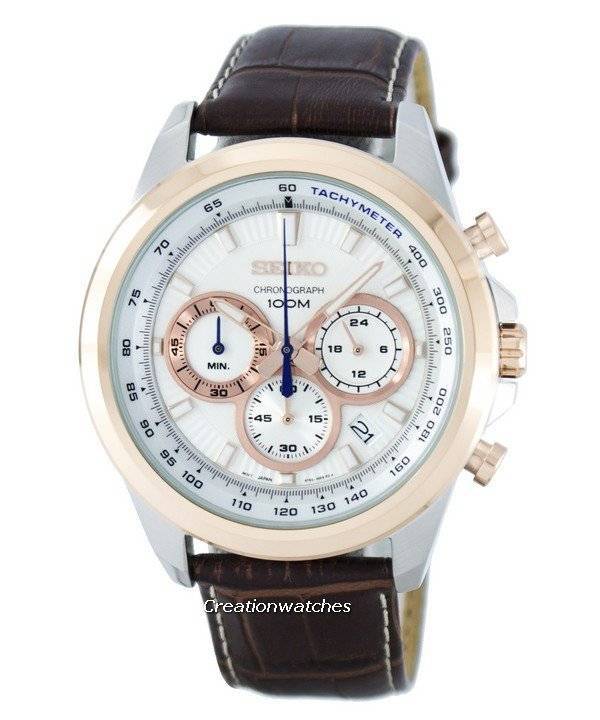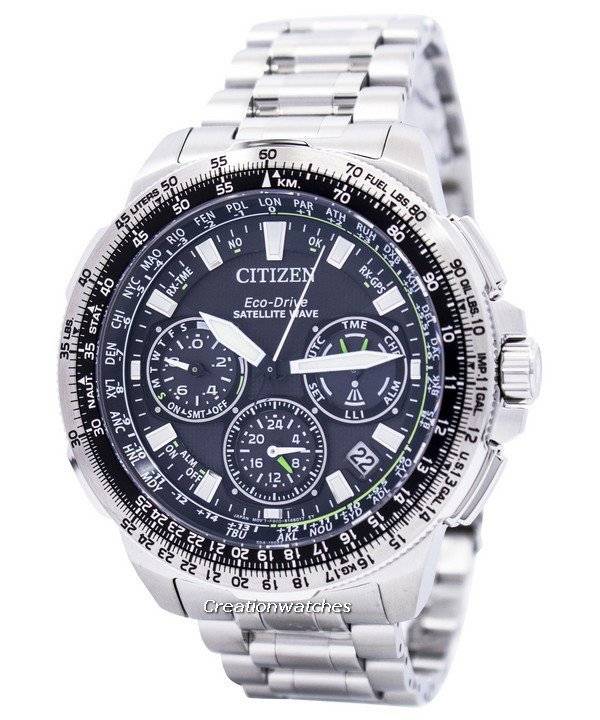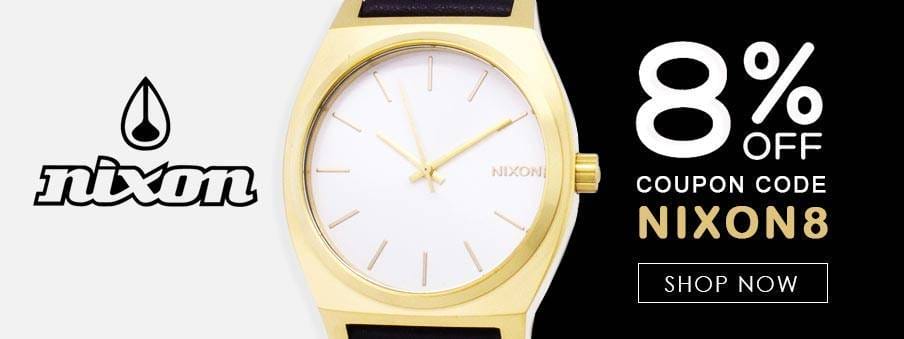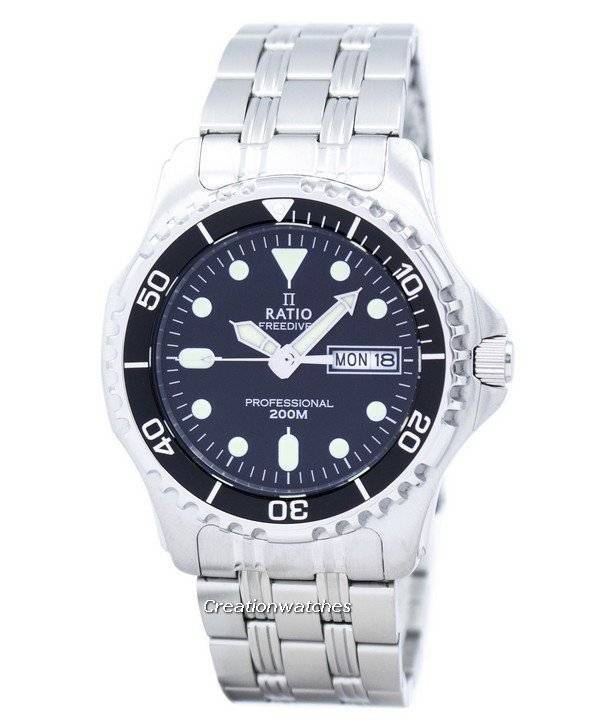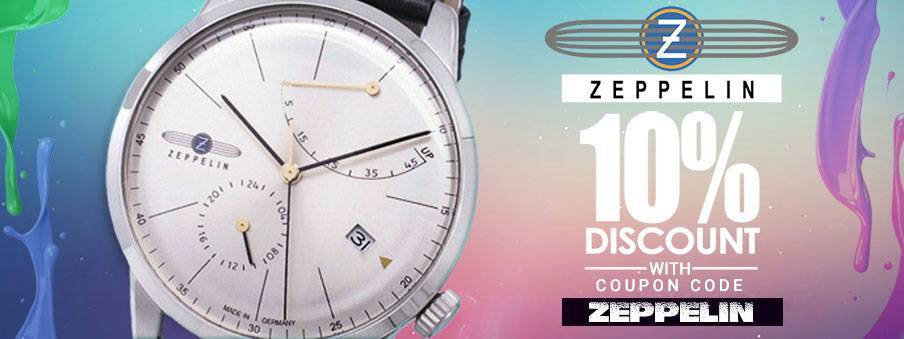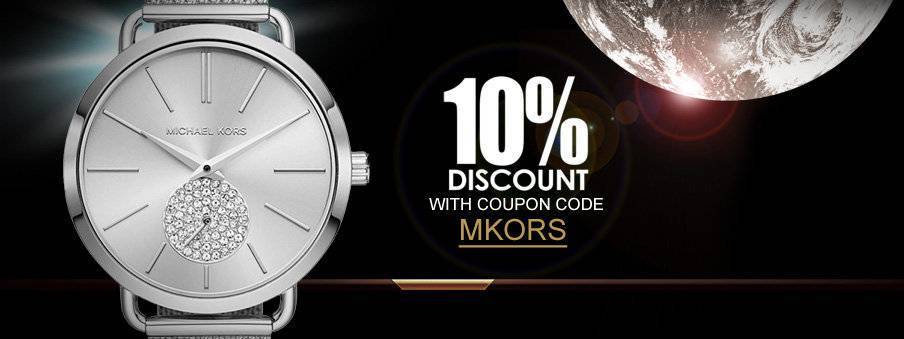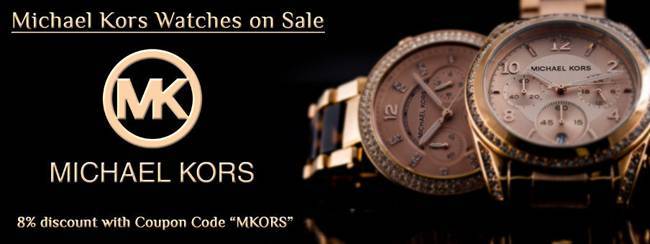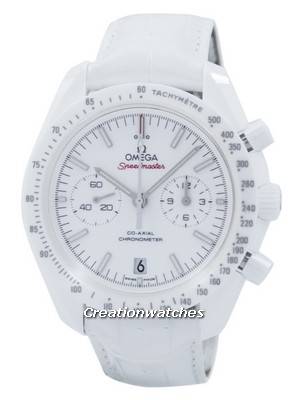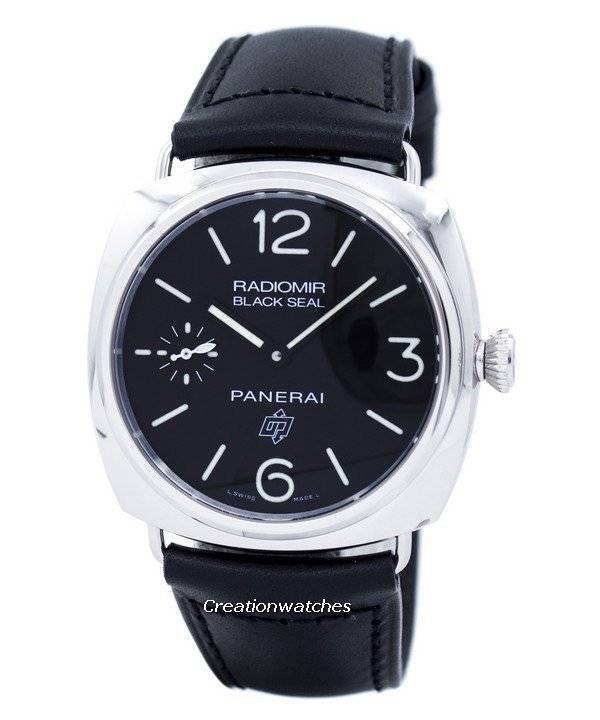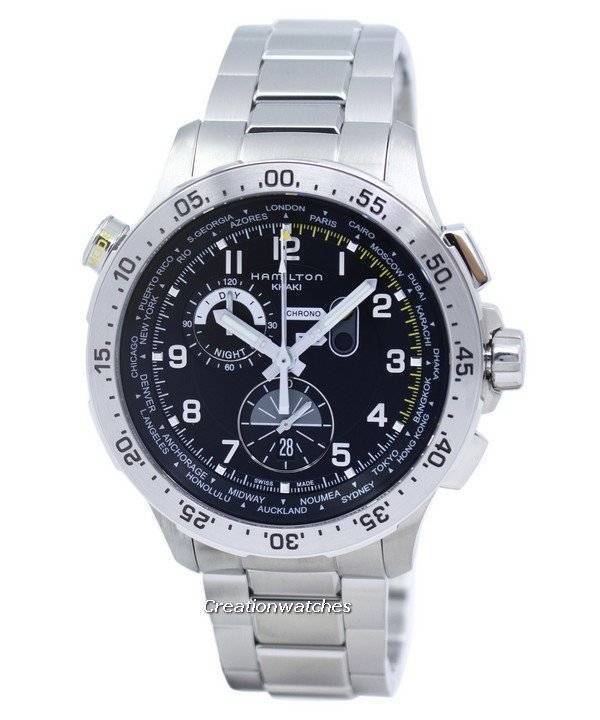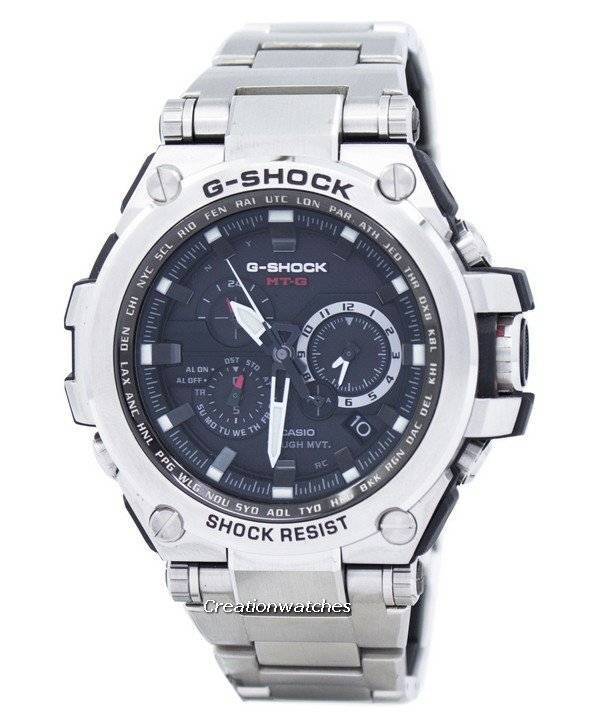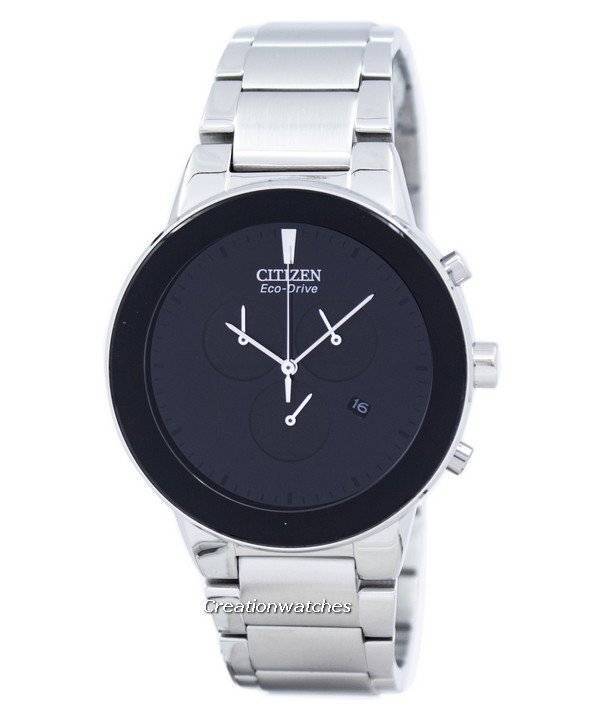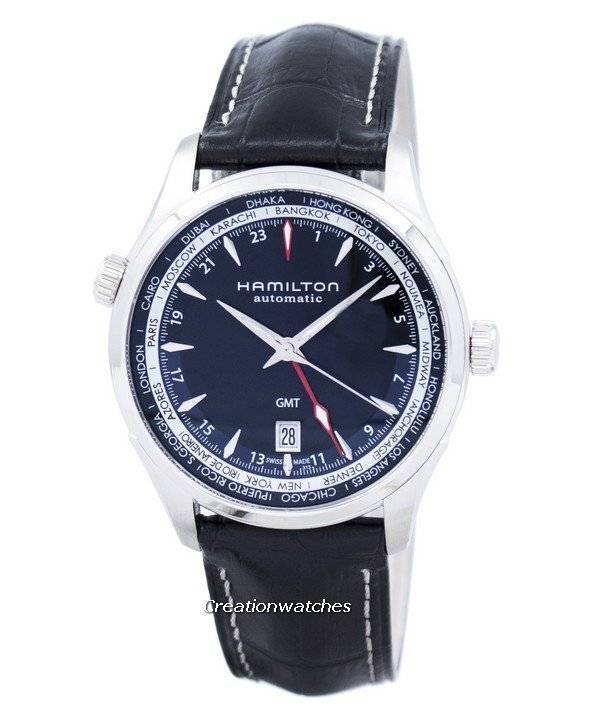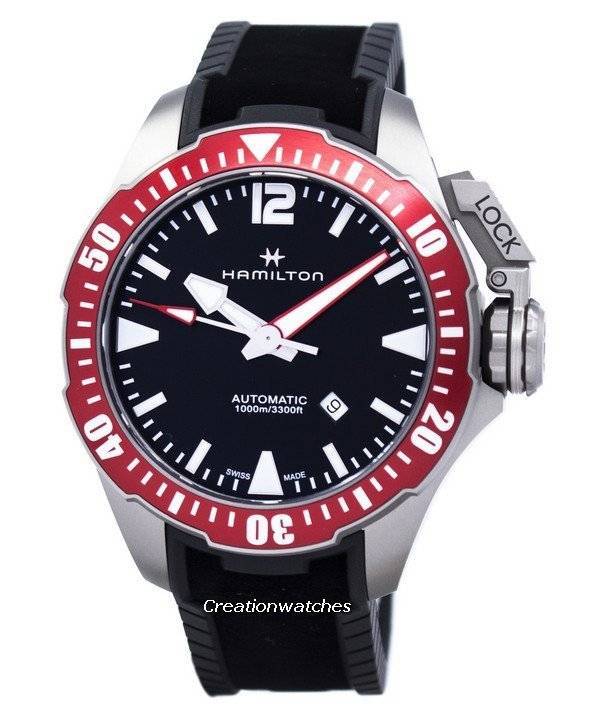As far as I remember, my walk towards watches started with the sheer viewing pleasure of the thing on my left wrist. Needless saying, I wasted quite a lot on cheap frills – enough to buy a few Seiko 5 Sports and a Velatura; perhaps another Premier. Now, don’t you call that delicate; it’s as big as oversized sports watches but bears those classic accents; at times I land in situations where big, thick watches don’t go (e.g. a wedding within the family and its extensions; you must dress the traditional way, it’s a must) and I’m not particularly in a mood to don a thin slice of ticking metal and glass. It’s a fine (not in the Suisse sense, though) dress watch in my little watch collection. I won’t wear it with a suit though; with a leather blazer or a long coat – yes, also on client meets where strictly formals isn’t a strict criteria.
Why isn’t it a regular wear for me? Sure, with its impressive diameter, thickness and complete stainless steel construction, it’s hard to stay parted. But the lots of shiny, polished surfaces and outdoor roughness don’t like each other. It has a better than modest water resistance, which is kind of okay with me. If I frequented the waters, I would go for a Seiko Orange Monster, not the Premier.
Sorry to drift away; now back to business. Since quartz came cheap and there’s plenty eye-candy to them, it wasn’t hard diving to fetch the jewels. They sold mostly on esthetics; nothing remarkable with movements. I came to that part couple of years later, after wasting sufficient time, money and energy on the ‘glitzy quartz’ phase. Now I guess I’m built enough to overpower a cheap marketing muscle and embrace the expansive (sometimes, expensive) technology. The Premier is one.
Styling and designs apart, they are different in the way they are powered. But you must know the basic difference between quartz and mechanical movements before we proceed any further.
In quartz movements, regulation is done by setting the quartz crystal to a certain oscillation which runs the electric motor(s) that turn(s) the hand(s), change(s) day and date and so on. There are some varieties to quartz, namely, high-end quartz (e.g. Seiko solar) thermo-compensated quartz (the type we find in Grand Seiko), kinetic (Premier-s and Velatura-s) and eco-drive (the Citizen charter!). In the rudimentary level, they are all the same.
But talk about mechanicals and there’s enough to make your head spin! I often wonder how a simple approach, at times, take care of two or more things at once. Unlike batteries or capacitors of the quartz movement, the power comes from a coiled spring (the mainspring), which is like the motor and the battery together! It is downright kinetic energy stored for release; no conversion of electrical/chemical energy is necessary to drive the motor.
Next day, we will talk on other variations of the quartz. Right now, I feel damn sleepy.


